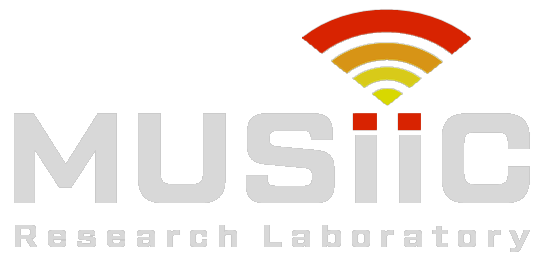- Kim, Younsu, Sungmin Kim, and Emad M. Boctor. “Consistent evaluation of an ultrasound-guided surgical navigation system by utilizing an active validation platform.” Medical Imaging 2017: Image-Guided Procedures, Robotic Interventions, and Modeling. Vol. 10135. International Society for Optics and Photonics, 2017.
- Kim, Younsu, Xiaoyu Guo, and Emad M. Boctor. “New platform for evaluating ultrasound-guided interventional technologies.” Medical Imaging 2016: Ultrasonic Imaging and Tomography. Vol. 9790. International Society for Optics and Photonics, 2016.
Rigorous validation of these emerging ultrasound-guided technologies must be performed to ensure safety, efficacy, and added clinical value. When it comes to comparative evaluation of these technologies, there are common problems of measuring its accuracy in the evaluation and test stage. The image-guidance conditions for comparison are often inconsistent due to the ultrasound beam-thickness and change in target location. The ultrasound beam thickness is an obstacle when we perform high accuracy ultrasound applications. The beam thickness leads to inconsistent test conditions when comparing ultrasound-guided technologies since it introduces uncertainty when imaging and targeting a small validation landmark. This initiates a need to standardize the placement of the ultrasound probe during the imaging of these small targets. The target can be detected by ultrasound probe when it is not located in the imaging mid-plane. For fair measurement of a guidance technology, the ultrasound probe must be located in the mid-plane for both cases with and without a new guidance technology Conventional validation is typically performed in a two-arm study comparing the targeting accuracy with and without the tracking technology. For evaluation, testers manually process multiple 2D images and calculate the 3D distance of the needle trajectory using the Pythagorean Theorem. 3D ultrasound data acquisition usingCartesian stages is one method to track 3D tools. The navigation system also requires extensive calibration efforts and heavily depends on registration accuracy. Post-operative CT imaging of inserted needles is also often used to evaluate theprecision of needle guidance. However, this is evidently cumbersome and expensive. Multiple needles must be fixed in the phantom while the phantom is transported for CT image acquisition. As a result, the needles may shift from their original positions during the process. There is often some time delay between the surgical procedure and the evaluation. To address those difficulties, we designed a complete evaluating platform by implementing our mid-plane detection algorithm.
